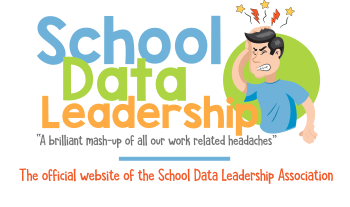Guide and monitor the alignment of curriculum, instruction, assessment, and professional practice.
-
Guiding Curriculum Alignment: Educational leaders play a crucial role in guiding the alignment of curriculum, ensuring that it is closely aligned with adopted standards, learning objectives, and instructional goals. This involves working collaboratively with curriculum developers, instructional coaches, and subject-area specialists to review, revise, and refine curriculum documents to ensure coherence, consistency, and alignment with educational standards and benchmarks.
-
Monitoring Instructional Practices: Educational leaders should monitor instructional practices to ensure they are aligned with the curriculum and instructional goals. This might involve conducting classroom observations, reviewing lesson plans and instructional materials, and providing feedback and support to teachers to help them align their instruction with curriculum expectations. Leaders should also encourage the use of evidence-based instructional strategies and provide professional development opportunities to support teachers in implementing effective instructional practices.
-
Assessment Alignment: Educational leaders should oversee the alignment of assessments with curriculum and instructional goals. This involves ensuring that assessments measure what students are expected to know and be able to do as outlined in the curriculum and standards. Leaders should also monitor the quality of assessments to ensure they are valid, reliable, and fair, and provide feedback and support to teachers in developing and administering assessments that align with instructional objectives.
-
Professional Learning Alignment: Educational leaders should align professional learning opportunities with curriculum, instruction, assessment, and professional practice. This involves providing targeted professional development that addresses the specific needs of educators related to curriculum alignment, instructional strategies, assessment practices, and other aspects of professional practice. Leaders should also encourage collaboration and peer learning among staff to share best practices and support continuous improvement in teaching and learning.
-
Data Analysis and Reflection: Educational leaders should facilitate the analysis of data to inform curriculum, instruction, and assessment alignment efforts. This might involve analyzing student performance data, instructional effectiveness data, and other relevant data to identify areas of strength and areas in need of improvement. Leaders should also facilitate reflective practices among staff to encourage ongoing evaluation and adjustment of curriculum, instruction, assessment, and professional practice based on data-driven insights.
-
Ensuring Equity and Inclusion: Educational leaders should ensure that curriculum, instruction, assessment, and professional practice are aligned in a way that promotes equity and inclusion for all students. This involves considering the diverse needs, backgrounds, and experiences of students and ensuring that curriculum materials, instructional strategies, assessment methods, and professional learning opportunities are accessible and responsive to the needs of all learners.
-
Collaborative Leadership: Educational leaders should foster a culture of collaborative leadership where all stakeholders, including teachers, administrators, parents, and community members, are involved in the alignment of curriculum, instruction, assessment, and professional practice. This might involve establishing collaborative teams or committees to guide alignment efforts, providing opportunities for input and feedback from stakeholders, and promoting shared ownership and accountability for the success of alignment initiatives.
By guiding and monitoring the alignment of curriculum, instruction, assessment, and professional practice, educational leaders can ensure that all aspects of teaching and learning are coherent, coordinated, and focused on the shared goal of student success. This alignment helps to create a cohesive educational experience that supports the needs of all learners and promotes continuous improvement in teaching and learning practices.
